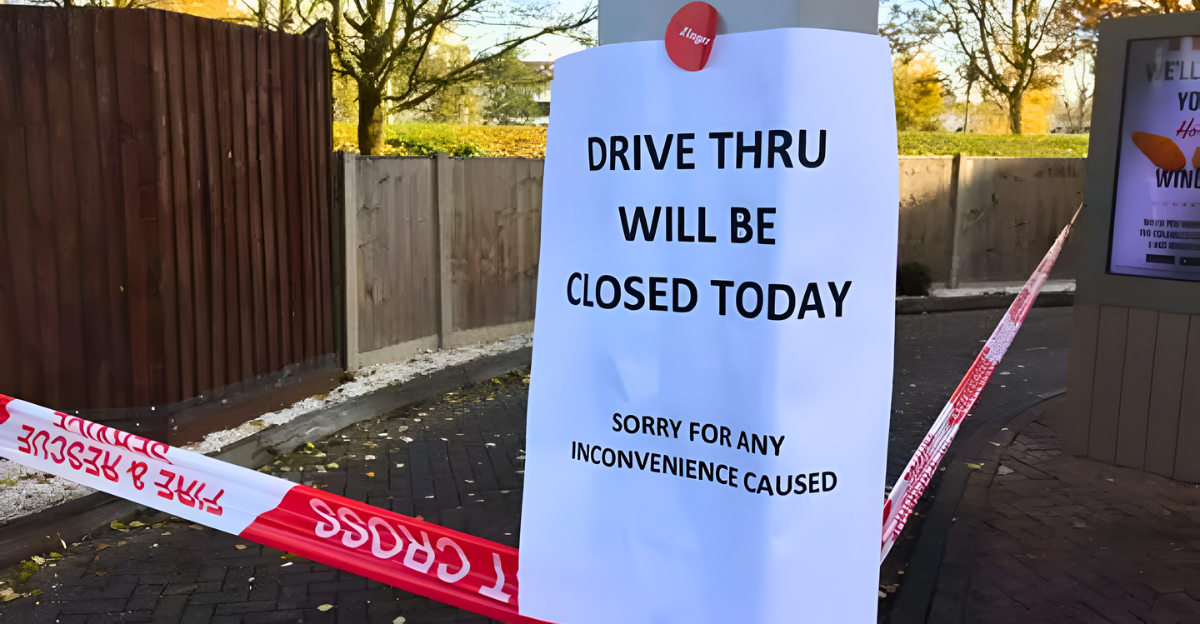
Texans woke up to a strange new warning: skip the drive-thru. From Houston to Dallas, air quality has sunk so low that even waiting for a coffee could mean a lungful of toxic ozone. The National Weather Service has slapped “Ozone Action Day” across millions of phones, and suddenly that casual burger run feels like a health gamble.
Wildfire smoke and relentless heat have tipped the balance for Texas. The advice seems almost unimaginable in a state so tied to its cars—convenience culture has crossed into the danger zone.
The Air Turns Hazardous in a Heartbeat
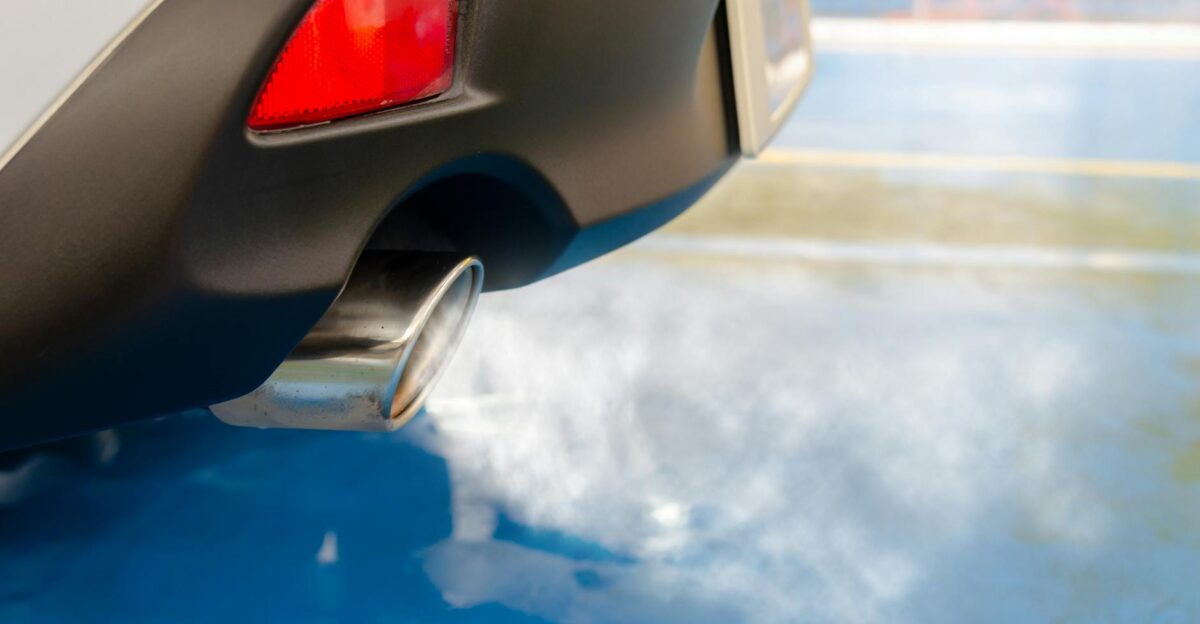
Heat, wildfire smoke, and car exhaust have collided, resulting in air so dirty it’s now labeled hazardous. Doctors warn that everyone’s at risk, but kids, seniors, and anyone with asthma or heart trouble are especially vulnerable. Even short stints outdoors can bring on coughing, wheezing, or worse.
Those minutes spent idling in a drive-thru line? Officials say they’re enough to make a bad situation worse. The message is blunt: stay inside when you can, and don’t waste your lungs on avoidable trips.
Drive-Thrus Called Out as Silent Polluters
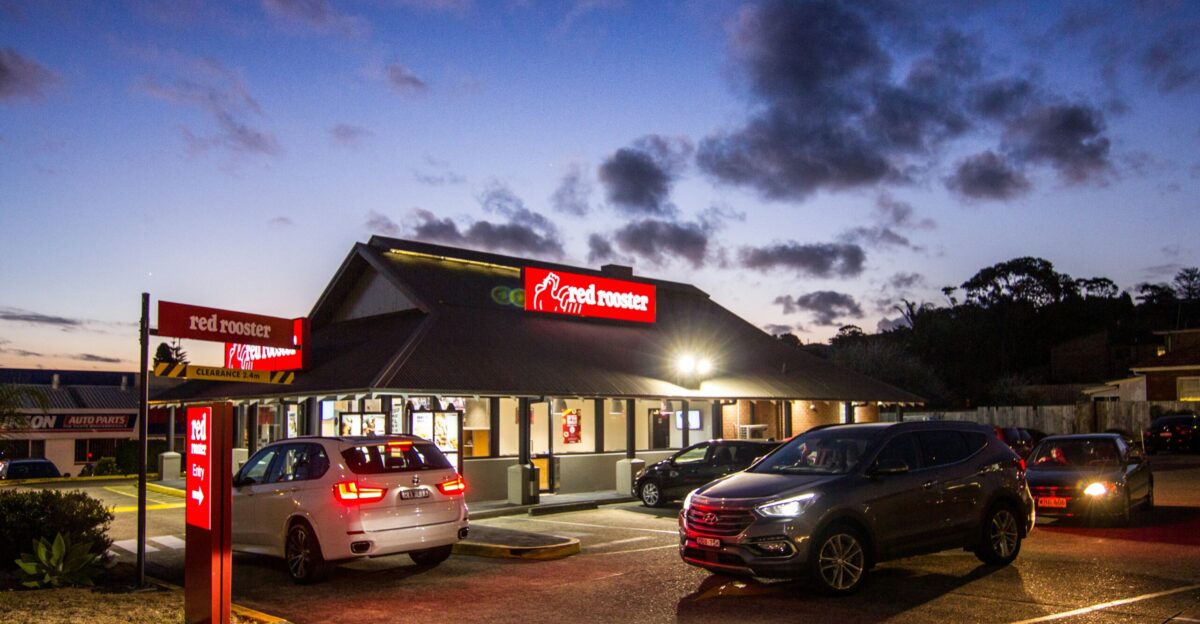
Have you ever considered your drive-thru run as a health hazard? Officials say idling cars stacked up for tacos and iced coffee are pumping out invisible plumes that cling to neighborhoods. The state’s environmental commission urges Texans to pack lunches, hop on buses, or shut off their engines when stopped. Small changes, they insist, add up.
The idea feels jarring—drive-thrus are woven into daily routines. But experts say the fight for cleaner air begins in those ordinary moments that suddenly don’t feel so ordinary anymore.
Big Cities, Bigger Trouble
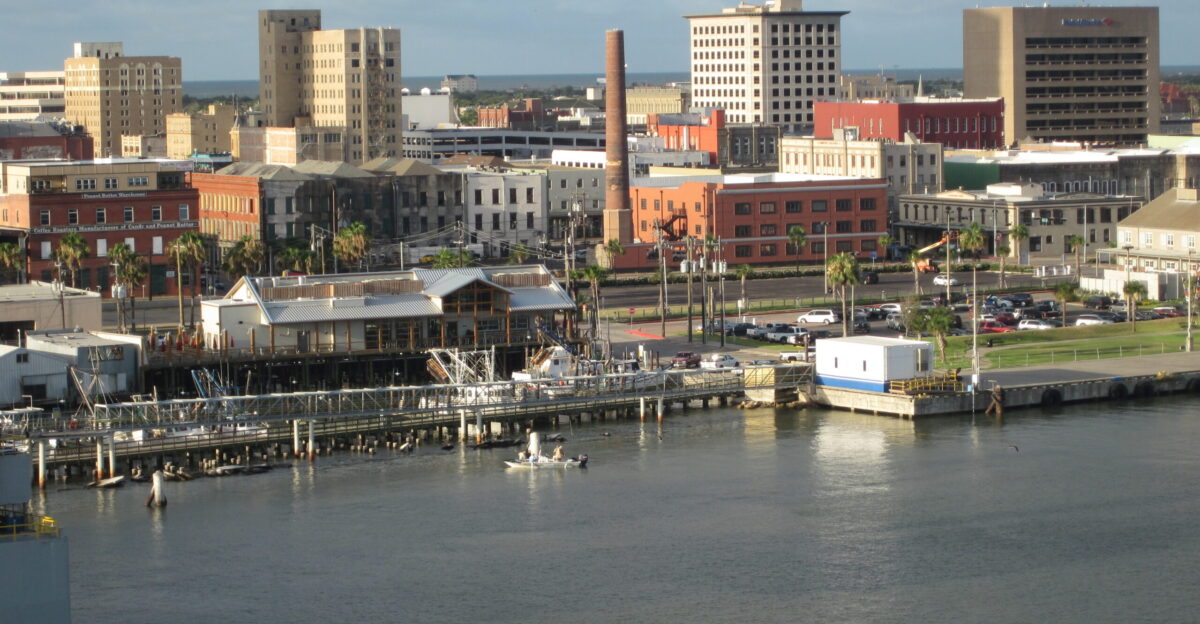
Houston, Dallas, Fort Worth, and Galveston—Texas’s biggest cities are under blanket advisories. Ozone readings are peaking at the year’s highest levels, and officials aren’t sugarcoating it: “Avoid activities that add pollution.” That includes drive-thru lines, which may seem harmless until multiplied by thousands of idling cars.
For urban Texans, the warning is hitting close to home. It’s no longer just about industrial smog—it’s about the morning coffee stop, the after-school snack, the little habits that keep cities moving but are now dragging air quality down.
Other States Feel the Squeeze Too
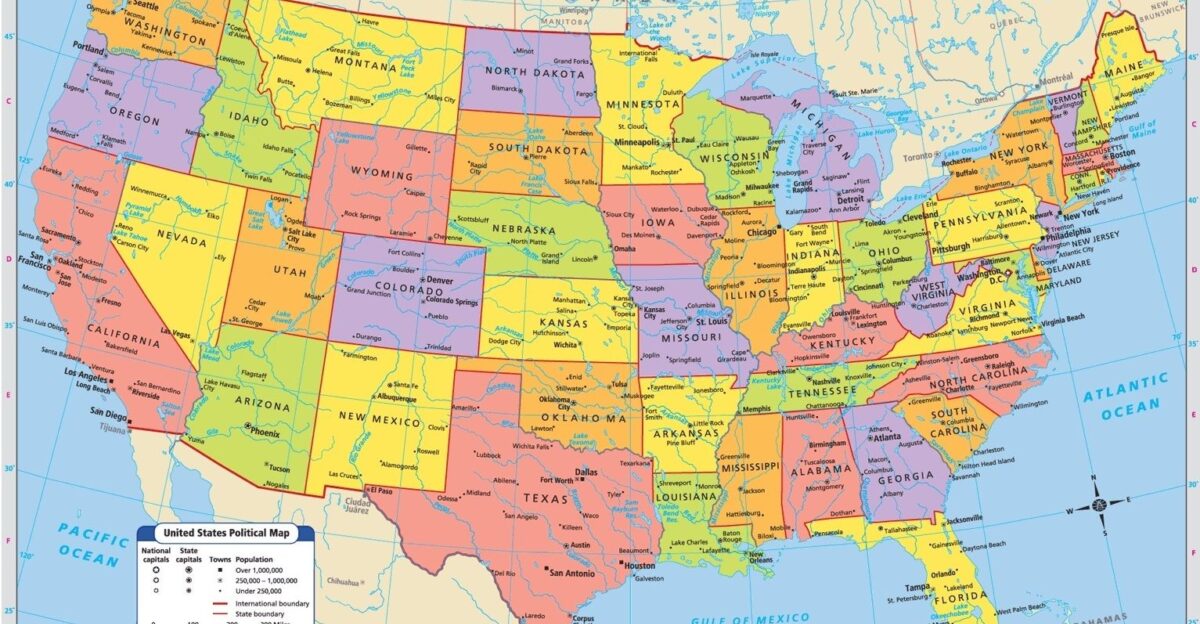
Texas may be making headlines, but it’s far from alone. In Phoenix, ozone levels are so high that even a quick errand could mean breathing problems. Wildfire smoke has painted the sky along the Oregon coast and kept air advisories in place all week.
Montana and Washington aren’t spared, either. Across the West, a common thread is emerging: communities are being asked to do the unthinkable: skip the drive-thru, cut the idling, and consider their cars part of the crisis, not just a convenience.
Wildfires Push Pollution Over the Edge
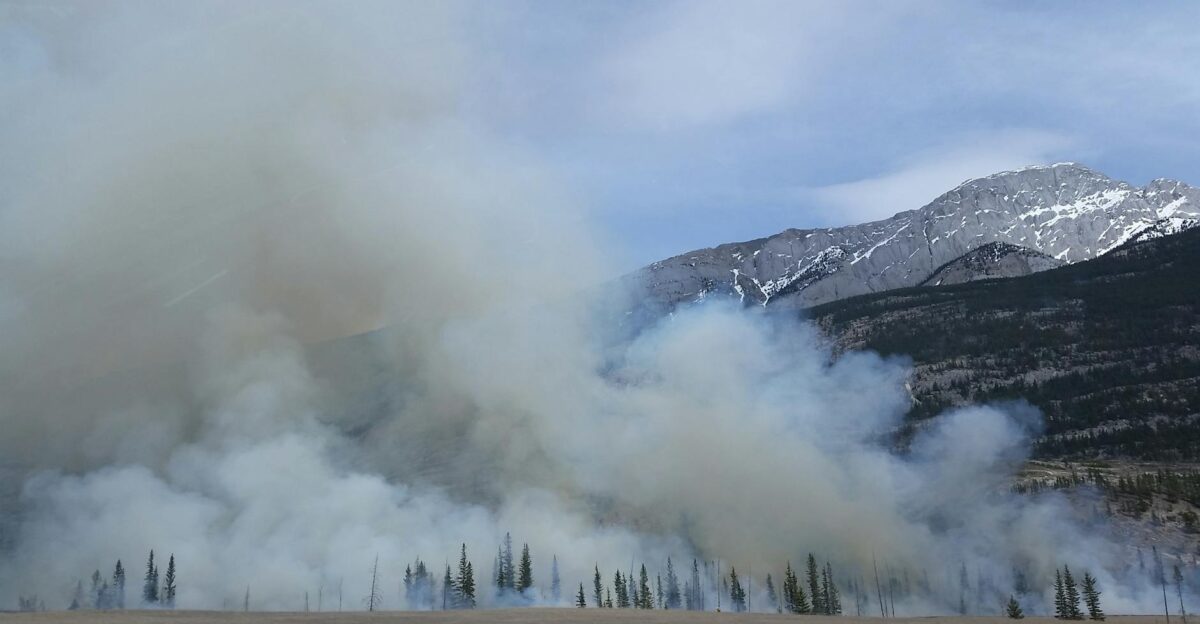
Smoke from wildfires has become the game-changer, drifting hundreds of miles and blending with local traffic exhaust. The result is a toxic air soup. In Texas, already baking under triple-digit heat, that mix pushes fine particles into “unhealthy” zones.
Kids at recess, seniors on errands, and people with chronic conditions all face higher risks. Officials warn it’s not just haze, it’s a dangerous cocktail that lingers in lungs long after the sky clears. For families watching the smoky sunsets, the beauty masks a threat that’s harder to shake.
Officials Make It Clear: This Is Real
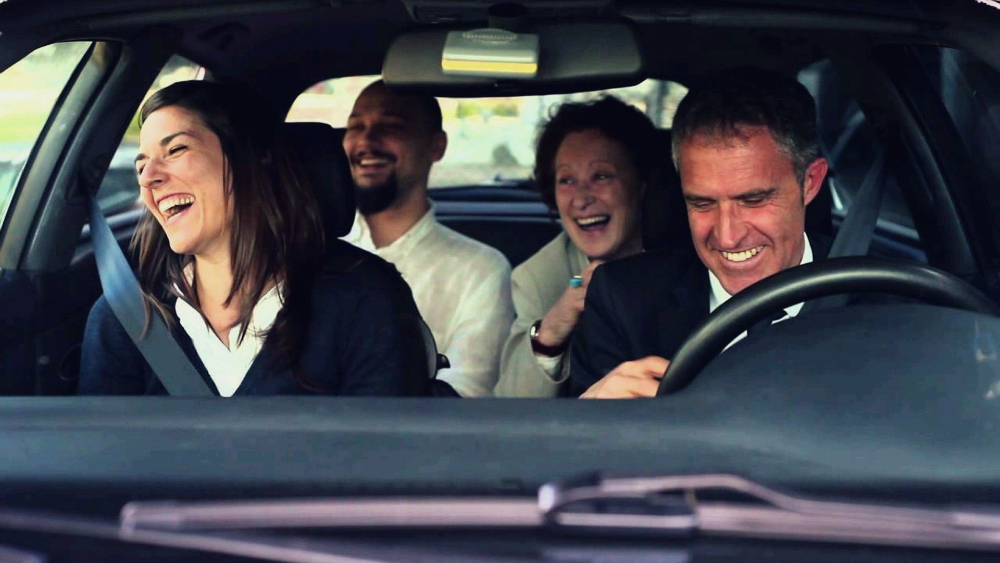
These warnings aren’t hunches. Hard data and blunt words back them. The National Weather Service reminds everyone that the ozone can make breathing harder, especially for kids, seniors, and people with asthma. The Texas Environmental Commission adds that you should skip the drive-thru, carpool, and walk when you can.
They’re not offering suggestions; they are giving lifelines. Brushing off alerts as background noise is easy, but this one differs. Every statement is traceable, and every number is monitored. The air doesn’t lie; it tells Texans to change their routines.
The People Who Feel It First
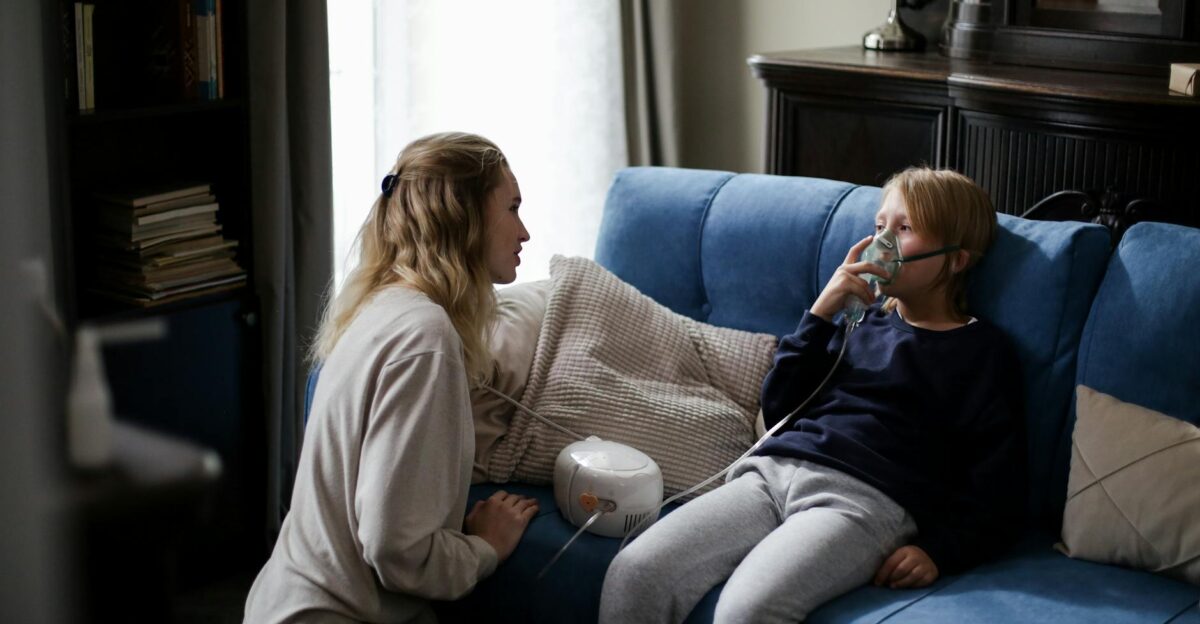
The warnings aren’t just numbers; they’re a reality for some. Parents of asthmatic kids say even a short walk outside triggers symptoms. Seniors describe feeling heavy-chested after a quick errand. Doctors warn that minutes in a drive-thru queue can be enough to set off wheezing, chest pain, or worse.
These people bear the brunt of the crisis, their bodies keeping score long before charts and forecasts. Health officials stress that protecting them starts with choices everyone can make, especially those who don’t feel the strain yet.
Communities Start to Pivot
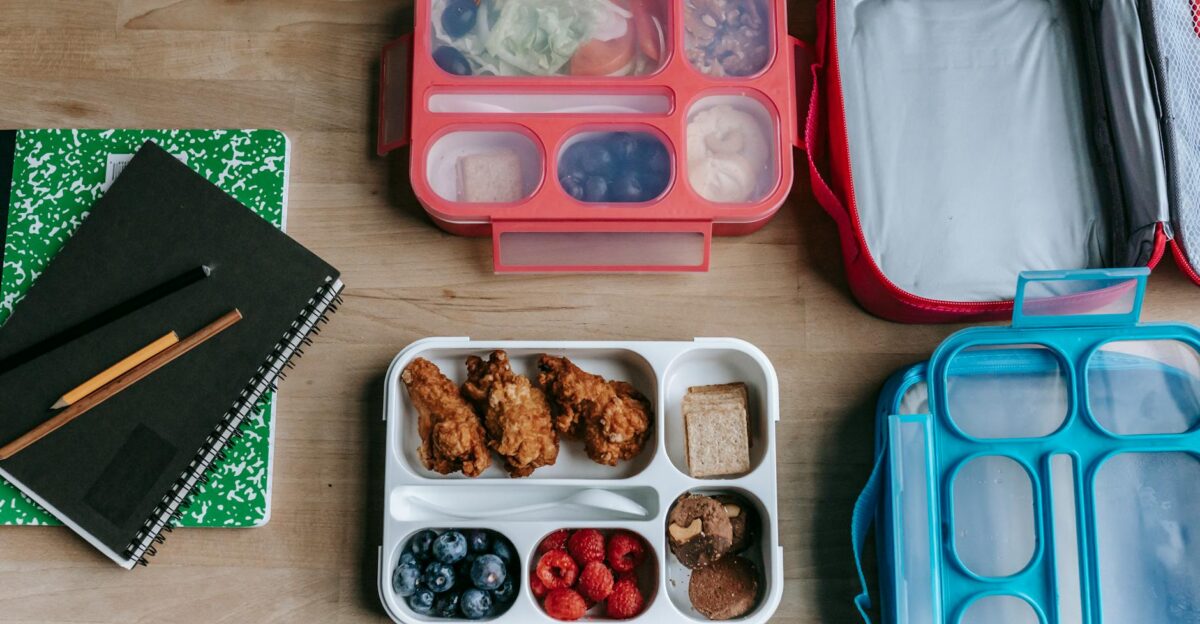
Across North Texas and Houston, small shifts are showing up fast. Parents are packing school lunches instead of swinging by the drive-thru. Friends are carpooling to work. Some neighbors are even turning avoiding drive-thrus into a friendly community challenge.
It’s a mix of inconvenience and solidarity, a reminder that habits can bend when health is on the line. One Houston resident said, “I didn’t realize my coffee run was part of the problem.” The crisis is reshaping routines in ways Texans never saw coming.
Restaurants Scramble to Adapt
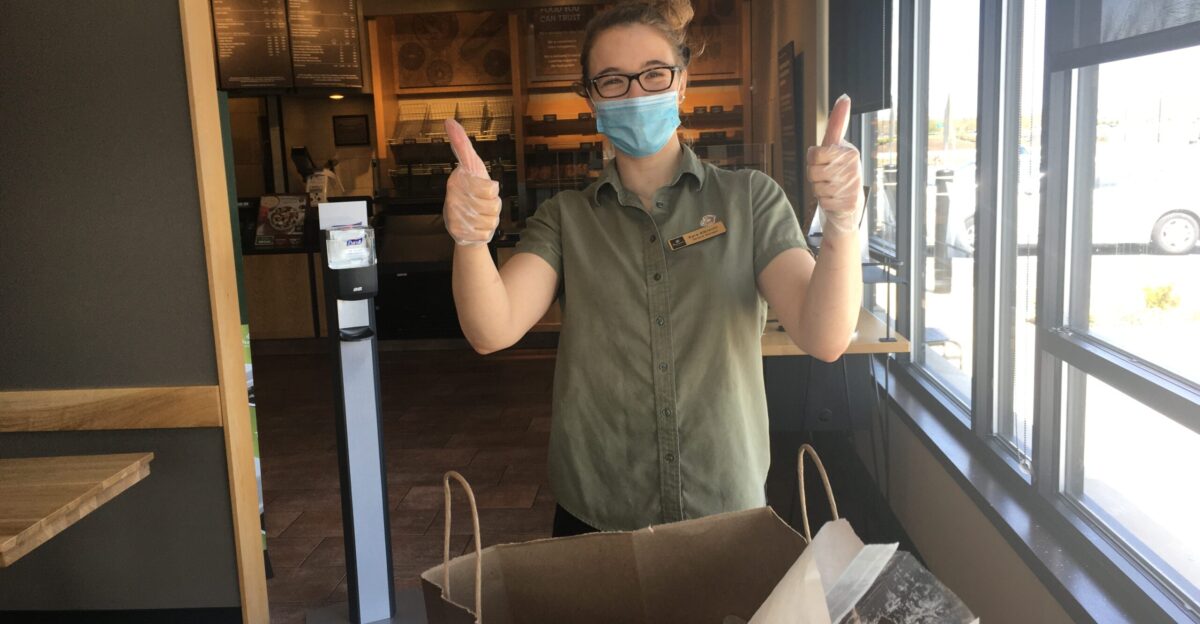
Fast-food spots aren’t blind to what’s happening. Drive-thru traffic is thinning, and sales are shifting to walk-ins, curbside pickups, and deliveries. Some owners worry about the dip in business, but others are finding opportunities—encouraging customers to dine in or promoting “engine-off” pickup campaigns.
What’s clear is that drive-thru culture is under pressure, and restaurants are forced to rethink their bread-and-butter service. Even a burger joint isn’t untouched by the pollution crisis.
Science Puts Drive-Thrus Under the Microscope
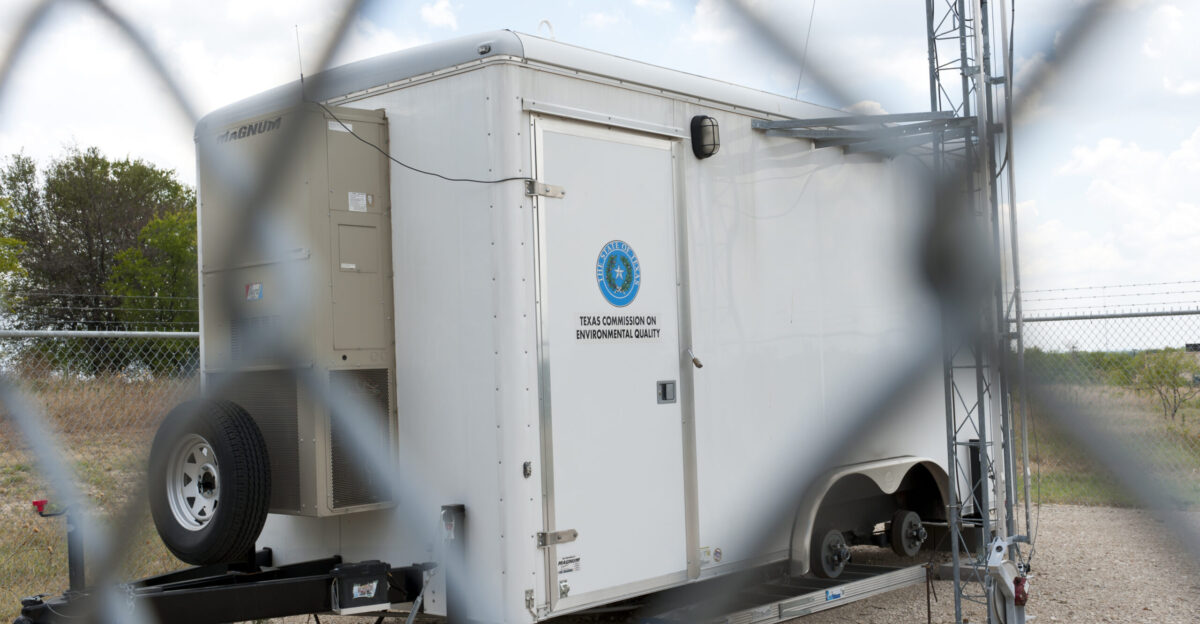
Texas air monitors show that when drive-thru lines stack up, ozone and particulates spike. The state’s environmental commission says even small drops in idling time make a measurable difference. The science is blunt—those exhaust fumes don’t vanish; they drift into schools, homes, and playgrounds.
This is why officials are singling out the drive-thru, which is visible, controllable, and part of daily life. It’s a rare piece of good news for an overwhelming crisis—change the line, and you can actually change the air.
Breathing Room Tied to Climate Goals
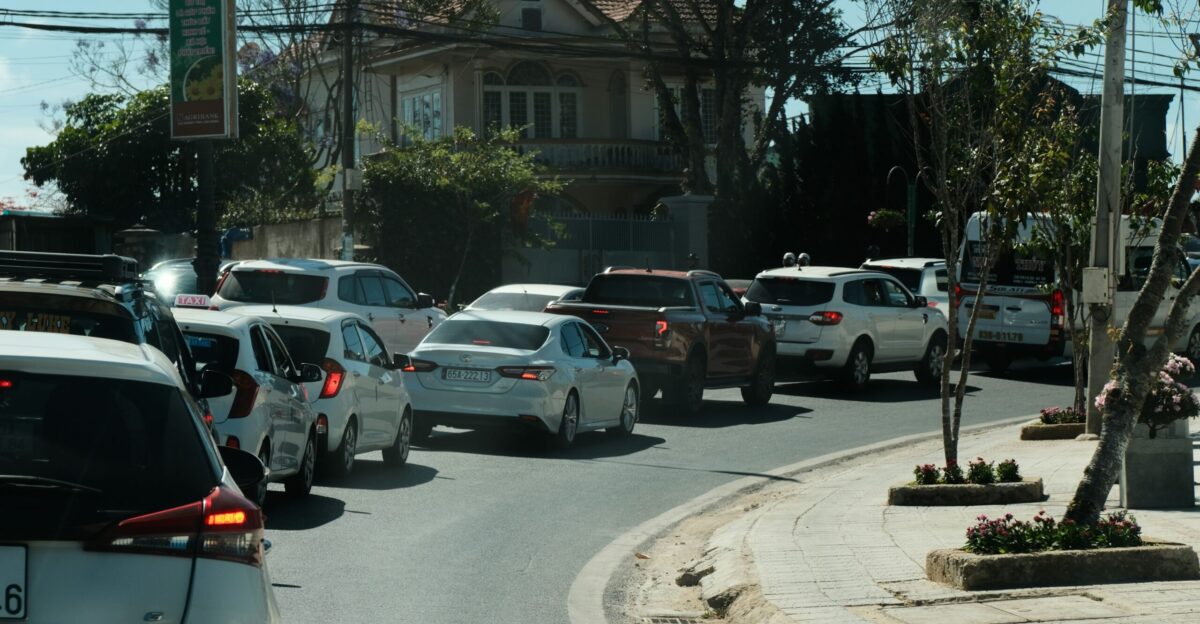
This isn’t just about surviving today’s bad air—it’s about reshaping tomorrow. Cars idling in drive-thrus pump out pollutants that worsen smog now and heat the planet later. Texas officials say cutting wasted fuel time is a two-for-one deal: fewer asthma attacks in the short term and fewer heatwaves in the long run.
It reframes the fight for cleaner air as also a fight for a cooler future. This is a hard message for a car-loving state and an invitation to see daily choices in a new light.
Cities Go All In on Alerts
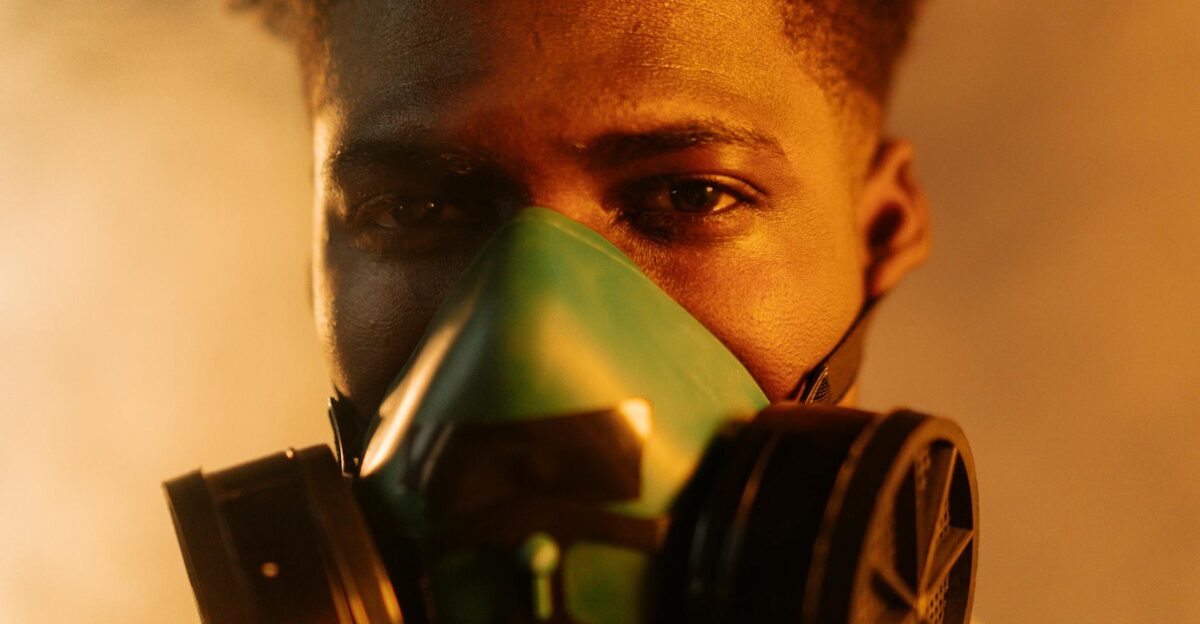
Local governments aren’t tiptoeing. Billboards flash warnings. Phones buzz with text alerts. Even schools email parents to stay out of drive-thrus and keep kids indoors. City halls from Houston to Dallas work with state and federal agencies to ensure no one misses the message.
The speed of the rollout tells its own story: Leaders know time matters, and whether people take these alerts seriously might determine the difference between a routine day and a health emergency.
Health Leaders Push for Small Swaps

Doctors and health officials keep circling back to one point: small swaps matter. Walk instead of driving. Turn the engine off while you wait. Choose curbside pickup instead of the drive-thru line. None of it fixes the crisis alone, but every skipped idle is one less puff of exhaust in someone else’s lungs.
Officials are urging people to “Think of your neighbors. ” The advice is less about rules and more about care—every small act adds up, and in a crisis like this, collective gestures can protect whole communities.
Communities Test Out Creative Fixes
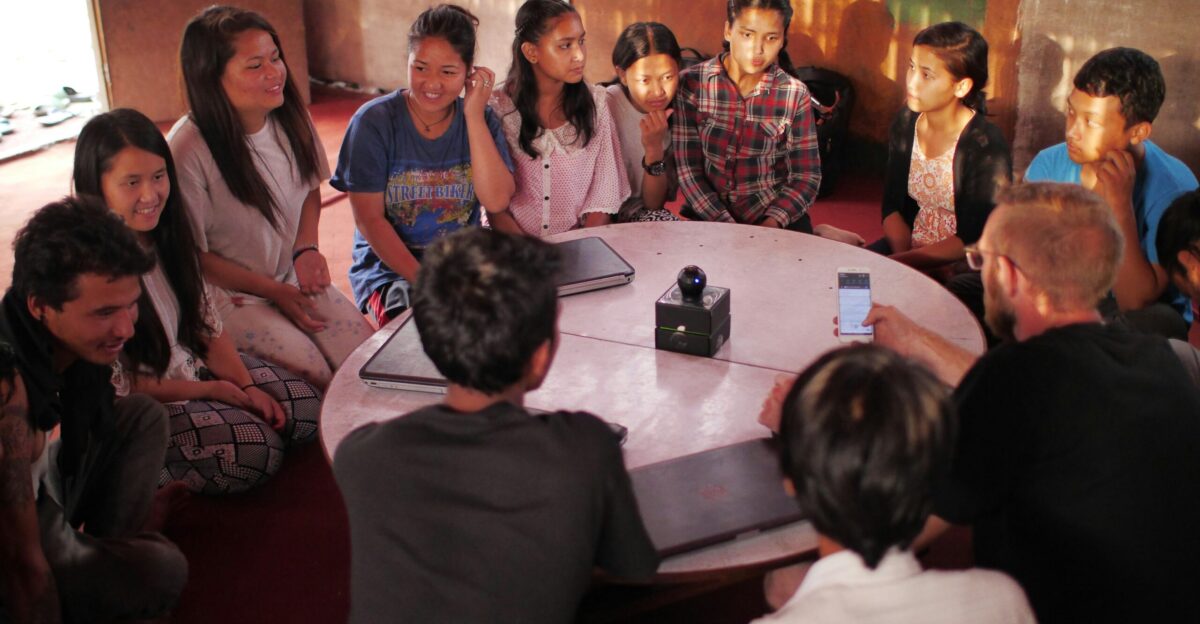
The crisis is sparking quick creativity. Some cities are rolling out discounts for walk-up orders, giving people a reason to ditch the car line. Restaurants are expanding delivery. Planners are discussing shaded sidewalks and electric vehicle stations to make cleaner choices easier.
It’s a patchwork of ideas, but the theme is the same: make the healthier option feel natural, not like a burden. If these changes stick, the current emergency could become the spark that nudges cities toward a cleaner, more livable future.
Air Forecasts Now Include Pollution Alerts
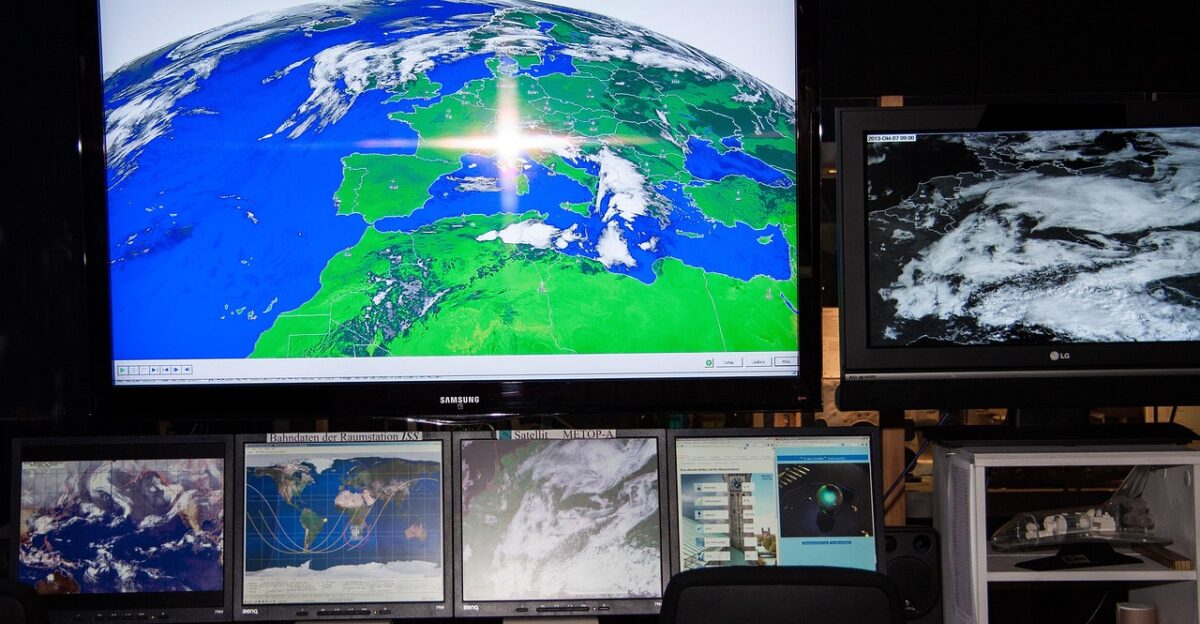
Checking the weather in Texas now means more than just sun or storms; you’re also checking the air. Meteorologists are baking ozone forecasts into daily updates, and new apps let residents track pollution hour by hour. Health officials say the alerts will be constant as wildfires and heatwaves keep reshaping conditions.
It’s a new normal for Texans: deciding whether to run errands or let kids play outside now hinges on what the air quality map says. The air has joined the weather as something everyone must watch.
Experts Say the Threat Is Bigger Than We Think
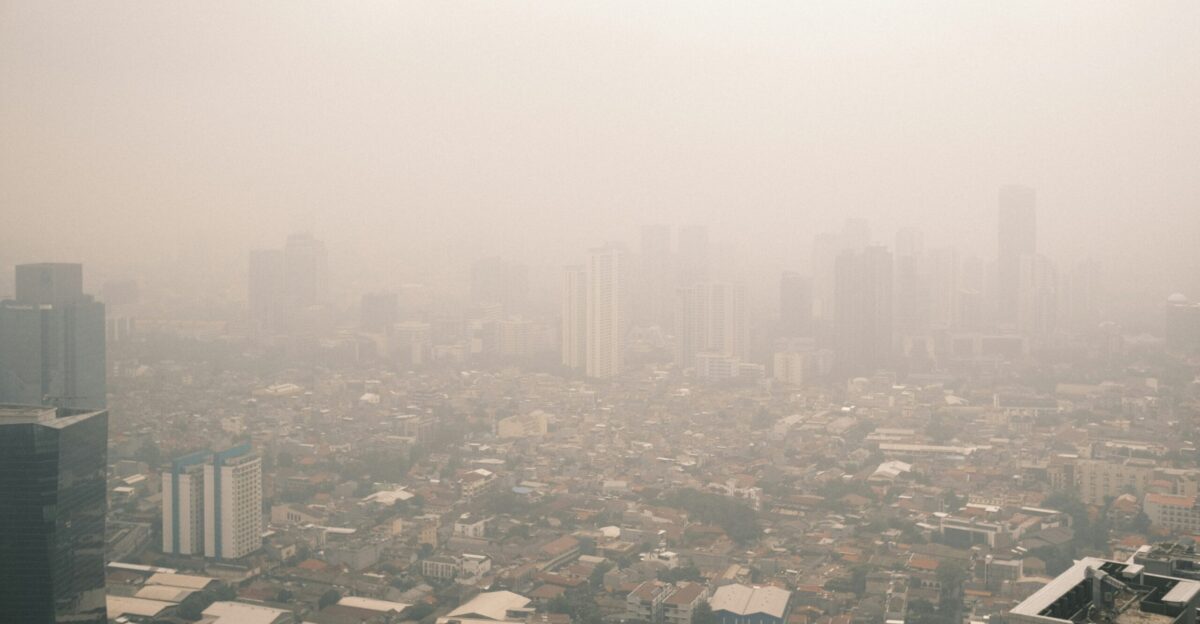
It’s easy to dismiss drive-thrus as a small problem. But health and climate experts warn they’re part of something much larger. The World Health Organization estimates seven million people die annually from air pollution. Texas leaders point out that what’s happening now is a preview of what unchecked habits can lead to.
The fight to cut idling time isn’t just about one week in September; it’s about breaking patterns that feed a worldwide health crisis. For scientists, the message is simple: act local, save global.
Texans Tell Their Side of the Story
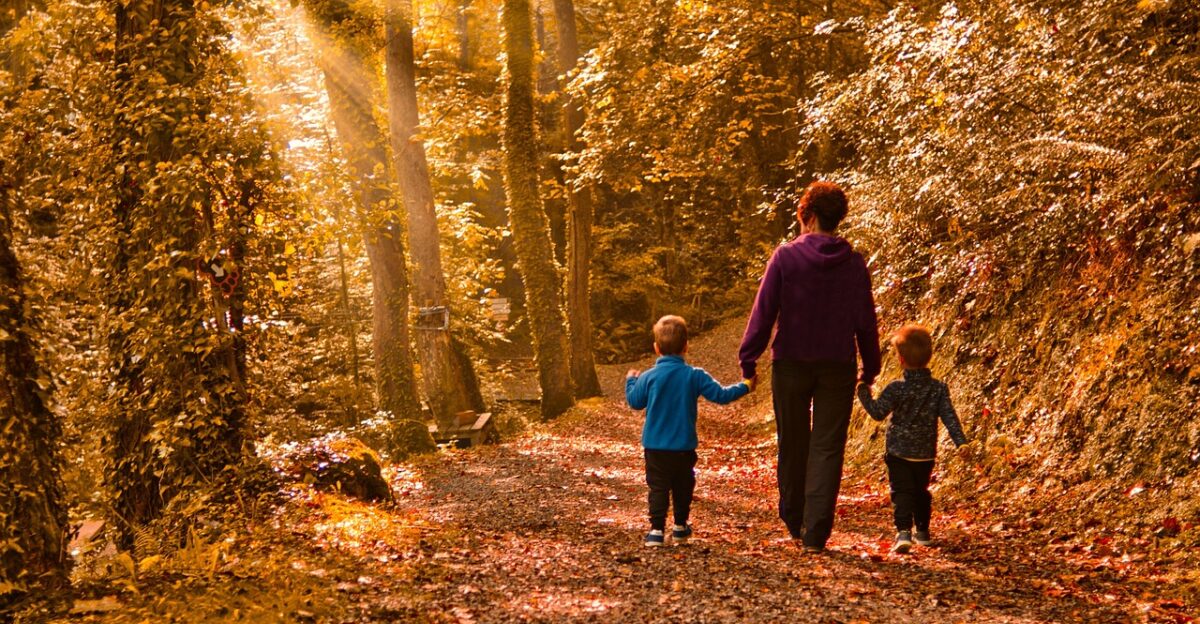
The warnings don’t feel abstract anymore; they feel personal. A mom says she’s traded drive-thru dinners for family walks and home cooking in Houston. A Dallas driver says he’s carpooling more, shutting off his engine at pickups. In Galveston, neighbors are jokingly competing to see who can go longest without a drive-thru run.
These aren’t official campaigns; they’re small acts of adaptation, lived out in real time. Each story proves that people can pivot when health is on the line, even if it means rewriting routines.
Crisis Raises Bigger Questions About Daily Life
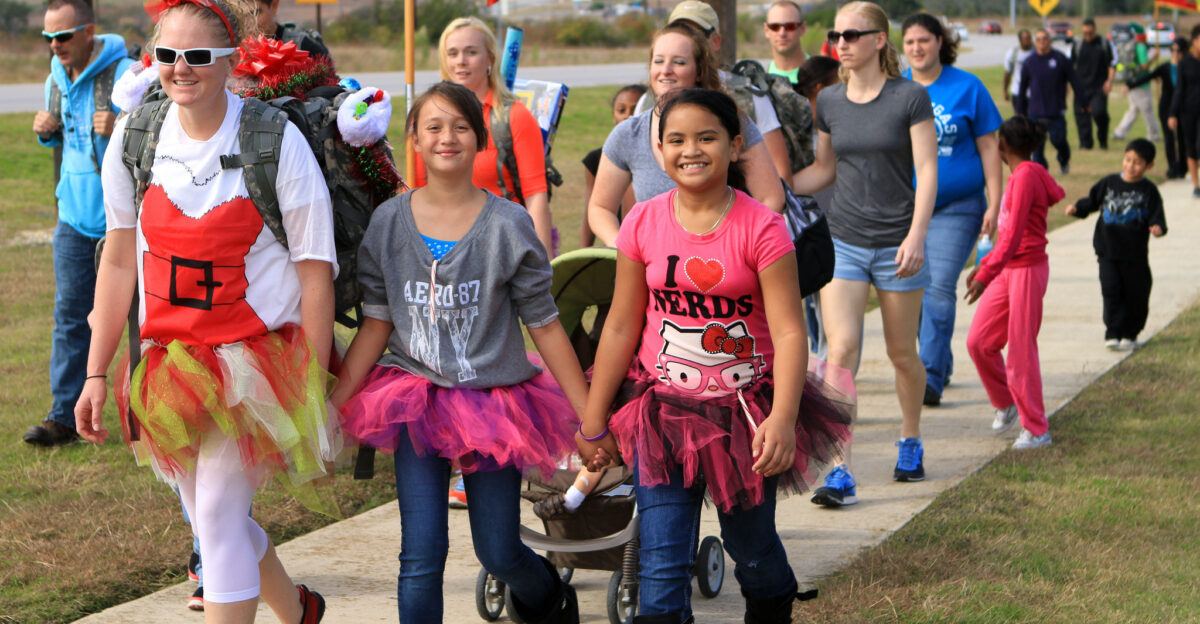
The drive-thru crackdown is starting to open a deeper conversation: What if these changes can’t just be temporary? Experts say hotter summers and more wildfire smoke are almost guaranteed. That means the habits being tested today—walking more, skipping idling, packing lunches—may need to become permanent.
Lawmakers are already floating long-term policies. Residents are wrestling with a bigger idea: convenience culture, which is so central to Texas life, has to evolve if communities want to breathe easier tomorrow.
Avoid the Drive-Thru Becomes a Shared Pledge
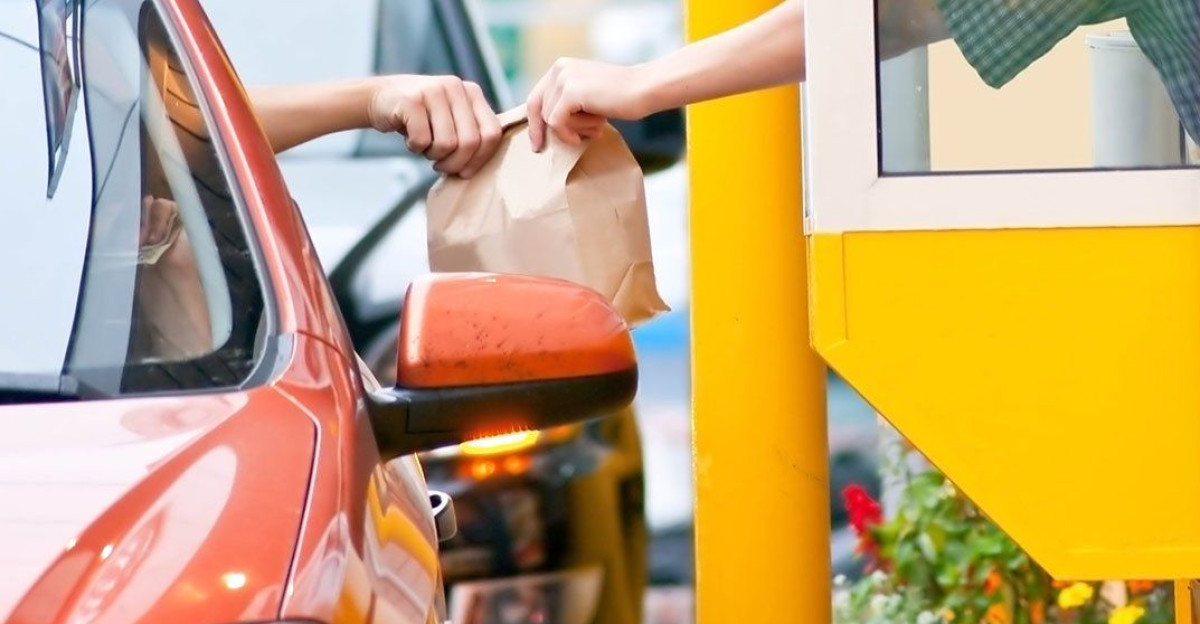
The phrase “avoid the drive-thru” has shifted from a quirky warning to a community rallying cry. Texans and millions in other smoky states are being asked to change for themselves and each other. Every car that stays out of line is one less engine feeding the haze.
Officials frame it as a simple trade—small choices today for a healthier tomorrow. While the challenge is urgent, it’s also hopeful that the power to make a difference sits in ordinary hands, with every decision behind the wheel.